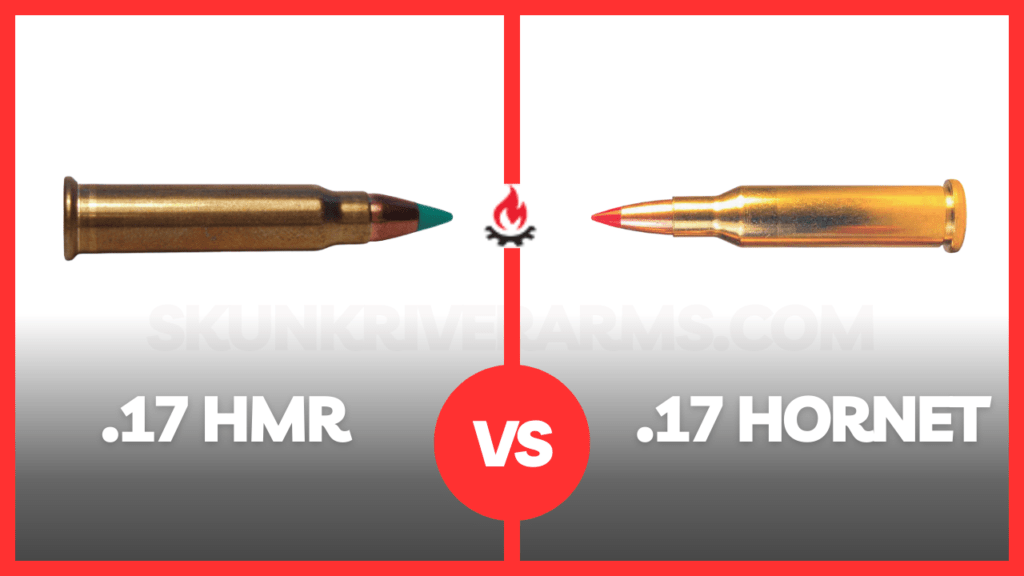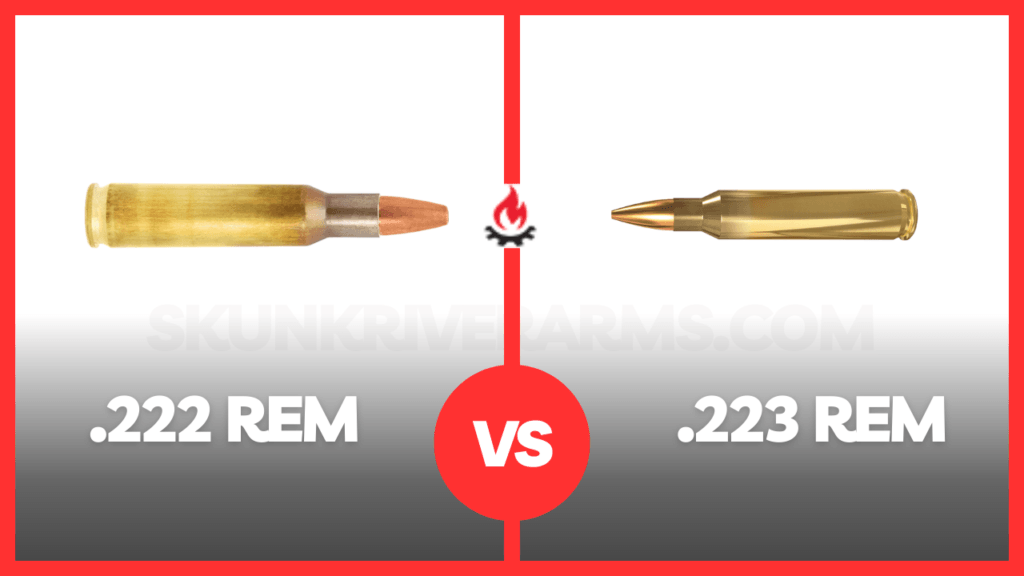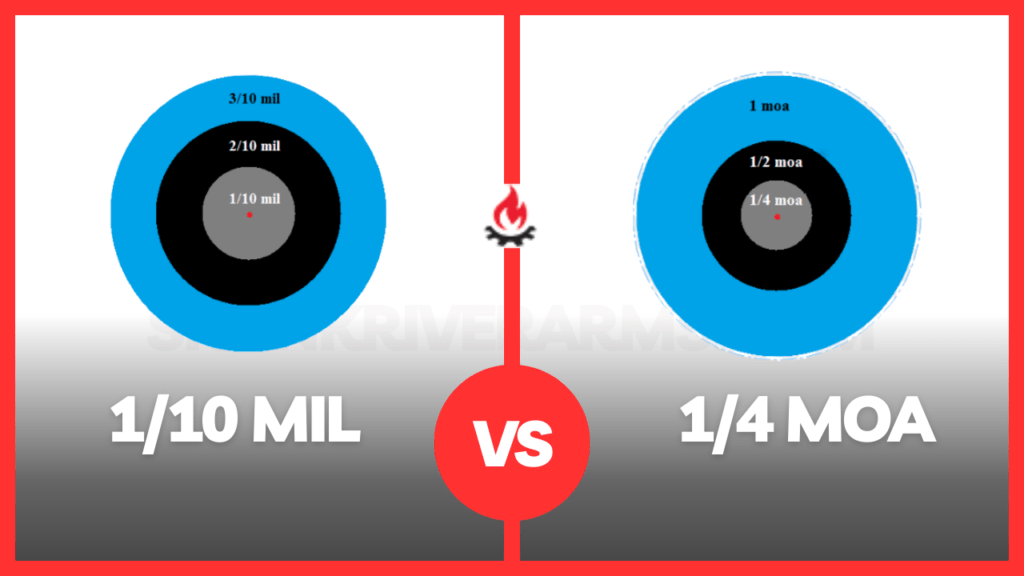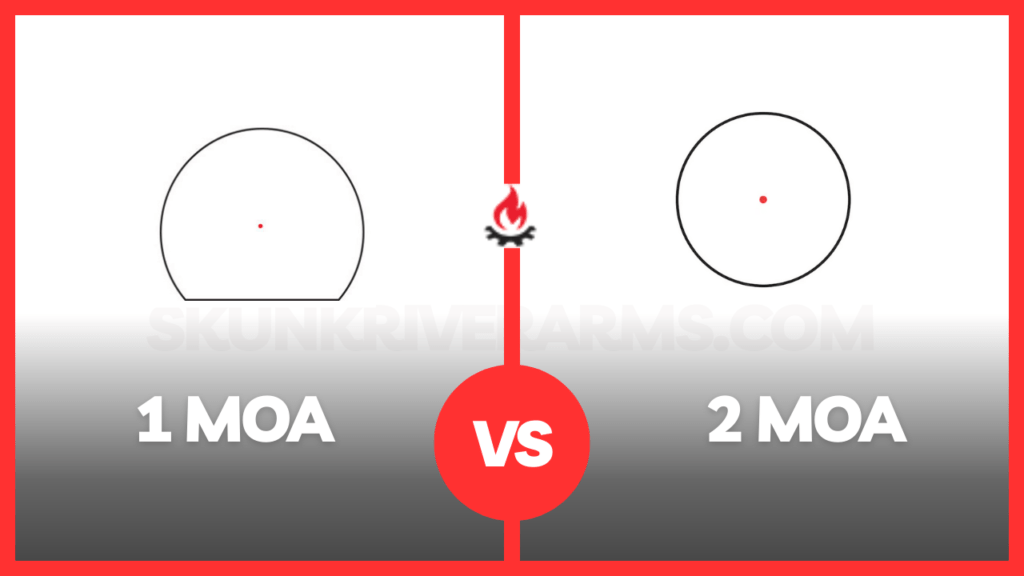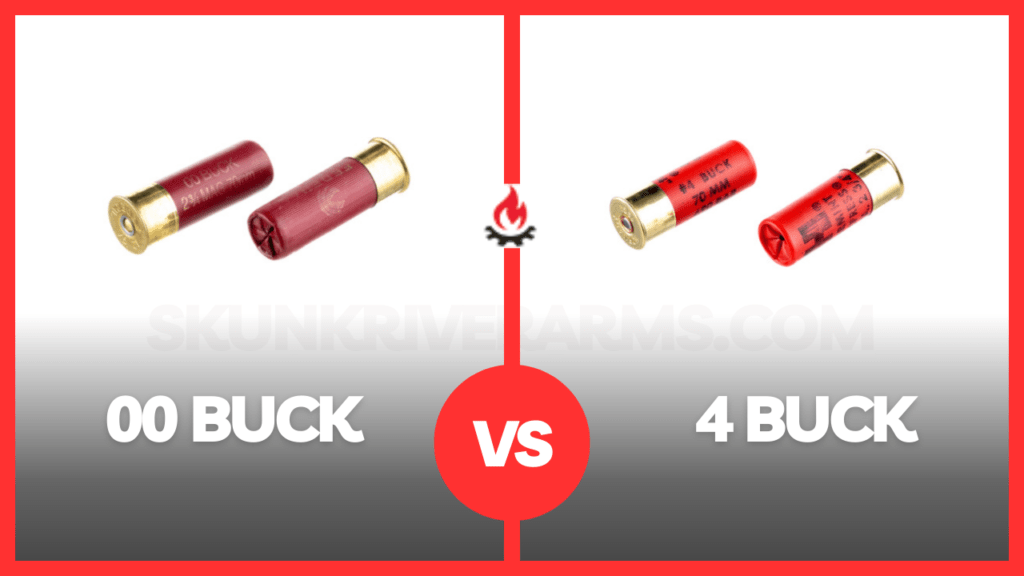In the epic battle of 1/7 Twist vs. 1/8 Twist, the firearms world is divided along precision and versatility lines. The 1/7 Twist barrels offer pinpoint accuracy, making them the sharpshooters’ dream.
In comparison, the 1/8 Twist barrels bring balance to the force, catering to a broader range of ammunition. It’s a clash of precision versus adaptability, where marksmen must choose their side wisely.
So, whether you’re threading the needle or hitting the bullseye, the choice between these two twists could make all the difference in your shooting game. Lock and load because it’s time to twist and shout – but which twist will have you shouting “bullseye” or “bull’s miss”?
1/7 Twist
The 1/7 Twist barrel is the precision shooter’s ultimate companion. With its faster twist rate, this barrel configuration stabilizes heavier and longer bullets, making it the go-to choice for short-range accuracy.
Whether you’re a competitive marksman or a dedicated hunter, the 1/7 Twist barrel ensures your shots fly true, hitting targets with pinpoint precision. It’s the top pick for those who demand the utmost accuracy and consistency, making every attempt count.
Benefits Of 1/7 Twist
1/7 twist barrels are becoming increasingly popular in the AR-15 world. This twist rate is slightly faster than the traditional 1/8 twist and is better suited for heavier bullets.
It also allows for better stabilization of bullets at close to medium-ranges, making it an excellent choice for precision shooting.1/7 twist barrels also tend to be more accurate when shooting heavier bullets, which makes them a perfect choice for competition shooters.
1/8 Twist
The 1/8 Twist barrel strikes the perfect balance between precision and versatility. Its moderate twist rate makes it a versatile choice for various ammunition types. Whether you’re shooting lighter or heavier bullets, this barrel can easily handle it, offering excellent stability and accuracy.
It is ideal for those who want the flexibility to use various loads while still achieving respectable accuracy. It’s the all-around performer that adapts to your shooting needs, making it a favorite among casual shooters and enthusiasts.
Benefits Of 1/8 Twist
1/8 twist is a less common twist rate for rifle barrels but is becoming more popular in AR-15 rifles. It is designed to stabilize bullets that are heavier and longer. For example, like the .300 Winchester Magnum.
It makes it a more versatile option for shooters who want to use heavier bullets. Additionally, the 1/8 twist rate provides better accuracy with heavier bullets. It is less likely to experience accuracy issues due to bullet instability.
1/7 Twist Vs 1/8 – Key Differences
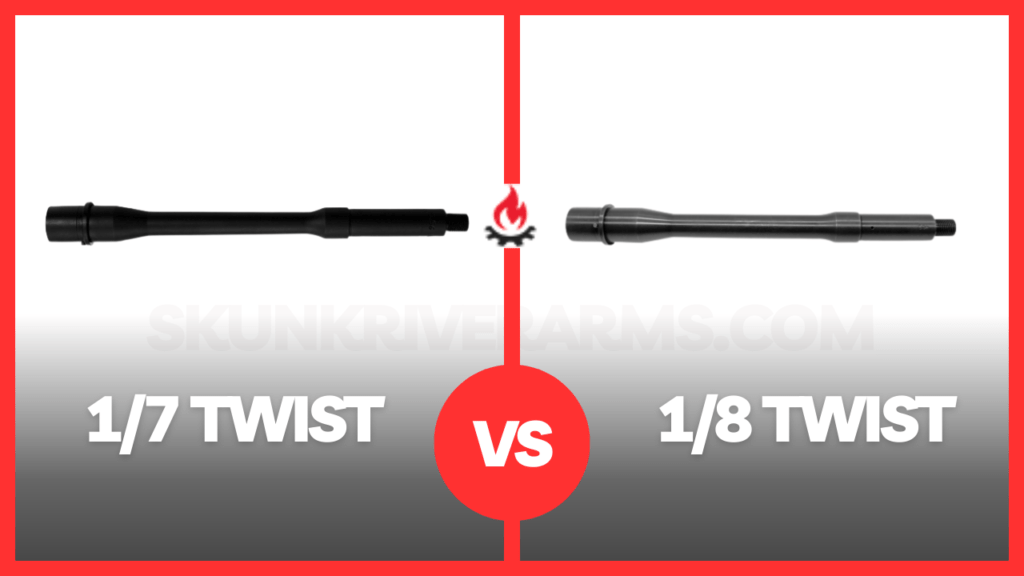
There are a few critical differences between 1/7 twist and 1/8 twist barrels. The most obvious difference is the Twist rate, or how quickly the rifling spins the bullet. A 1/7 twist barrel will spin the shell faster than a 1/8 twist barrel.
It can benefit short-range shooting because it stabilizes lower-weight bullets better. Another difference is the type of ammunition that can be used.
A 1/7 twist barrel can usually shoot lighter bullets, while a 1/8 twist barrel is generally not limited to lighter bullets. The last difference is the price. 1/7 twist barrels are typically more expensive than 1/8 twist barrels. Now, we explain the potential difference.
Rate of Twist
The terms “1/7 twist” and “1/8 twist” typically refer to the rate of rifling Twist in the barrel of a firearm. Rifling is the spiral grooving inside the barrel that imparts spin to the bullet as it travels down the barrel. This spin stabilizes the bullet in flight, improving accuracy.
A “1/7 twist” means that the rifling completes one full revolution (360 degrees) every 7 inches of barrel length. Similarly, a “1/8 twist” means the rifling completes one full circle every 8 inches of barrel length.
The choice between these two rifling twists can impact the type of ammunition that can be effectively used in the firearm, particularly the weight and length of the bullets. Here are some general considerations for each twist rate:
1/7 Twist:
- Generally better suited for stabilizing lighter and shorter bullets.
- It can handle many bullet weights, including more severe options.
- It may be preferred for short-range shooting and accuracy, especially with heavier match-grade bullets.
- It is commonly used in military rifles and rifles designed for precision shooting.
1/8 Twist:
- It provides a good compromise between stabilizing various bullet weights.
- It works well with any weight bullets, making it versatile for target shooting and hunting.
- Suitable for a range of shooting distances and applications.
- Often chosen for firearms intended for target shooting and general-purpose use.
Rifling Twist
1/7 Twist: Completes one full revolution (360 degrees) in every 7 inches of barrel length. It is suited for stabilizing lighter bullets and is often preferred for precision shooting and close-range accuracy.
1/8 Twist: Completes one full revolution every 8 inches of barrel length. It offers a versatile balance between stabilizing various bullet weights. They are commonly chosen for mixed-use firearms.
Material Compatibility
1/7 Twist: Better for stabilizing smaller bullets. It matches well with match-grade shots and jacketed designs, often used in precision shooting.
1/8 Twist: Versatile, stabilizes light to heavy bullets. Works with a variety of bullet designs, including hunting bullets.
Stress Distribution
1/7 Twist: Concentrates stress over a smaller area, potentially leading to more wear at specific points. It can contribute to higher barrel temperatures due to increased friction.
1/8 Twist: Distributes stress over a slightly larger area, potentially reducing wear concentration. It could result in lower barrel temperatures compared to a 1/7 twist.
Frequently Asked Questions
What Are The Weaknesses Of Using A 1/7 Twist Barrel Compared To A 1/8 Twist Barrel?
Weaknesses of 1/7 Twist Barrel:
- It is not as well suited for heavier bullets, resulting in decreased accuracy and longer-range shooting.
- It is not as stable when shooting at lower velocities, resulting in decreased accuracy and more bullet drop.
- It is more expensive than a 1/8 twist barrel.
How Does The Rate Of Twist Affect The Accuracy And Velocity Of A Bullet?
1/7 Twist: The 1/7 twist rate is best suited for heavier bullets, such as those in the .223 Remington and .308 Winchester calibers. The faster twist rate increases stability at higher velocities.
1/8 Twist: The 1/8 twist rate is best suited for heavier bullets, such as those in the .300 caliber. The slower twist rate allows for more stability and accuracy at longer ranges and higher velocities.
What Types Of Ammunition Are Best Suited For A 1/7 Twist Barrel?
1/7 Twist: The 1/7 twist rate is best suited for heavier bullets, such as 70-grain to 77-grain. The faster twist rate will stabilize bullets in this weight range more effectively, allowing for better accuracy and performance.
Closing Thoughts
The 1/8 twist is better for long-range shooting because it provides more stability to the bullet. The 1/7 twist is better for close-range shooting because it is more perfect.
But if you are using them both for close-range shooting, they will have no differences at all. Depending on the type of ammunition you are using, you might prefer the 1 8 Twist over the 1 7 Twist. The versatility of the 1 8 twist is simply a more appealing deal to many.

